
Laptops and tablets are continuously getting thinner, lighter and more powerful while their battery life is slowly, but surely improving. We rely on our laptops and tablets for everything from keeping connected to our loved ones to being able to find news, order food, get work done and stay entertained. How can we maximize battery life from our devices during the long, cold winter months.
All-day battery target
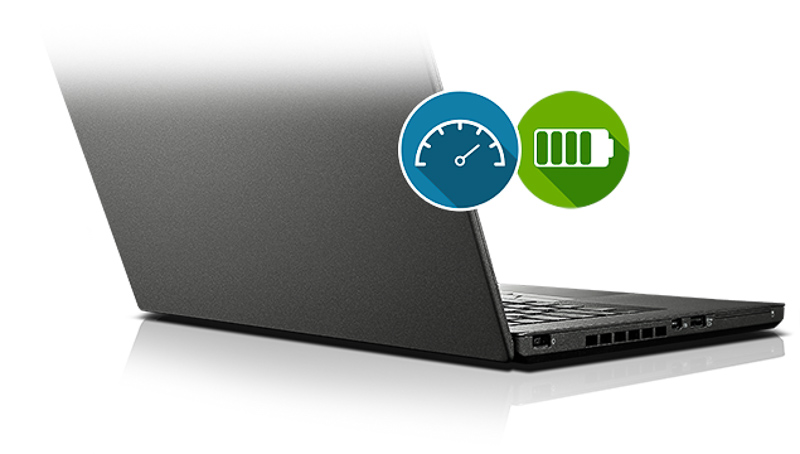
What challenge do smartphone, tablet and laptop manufacturers constantly have in common?
That would be battery life. While battery chemistry and charging technology has gone through various improvements through the years, devices are really still limited by the size and range of their batteries.
This means anyone making a smartphone, tablet or laptop needs to make some serious decisions because longer battery life usually means bigger batteries and bigger batteries eventually mean bigger, heavier and thicker devices.
Consumers don’t really dig deep into the battery specs of the devices they buy. I tend to trust the ‘up to 8 hours’ claim on the boxes of the devices I buy. Even so, I quickly try to determine whether these claims are factual or more aspirational targets.
Most devices aim for 6-9 hours of battery life and while this is true in the beginning, batteries do degrade and I find that you’re lucky to get 5 solid hours of work with WiFi running on most tablets and laptops sold in the past 6 years. Anything more than that is bonus time unless you have an external battery to charge or go into extreme battery management mode.
Assess your battery
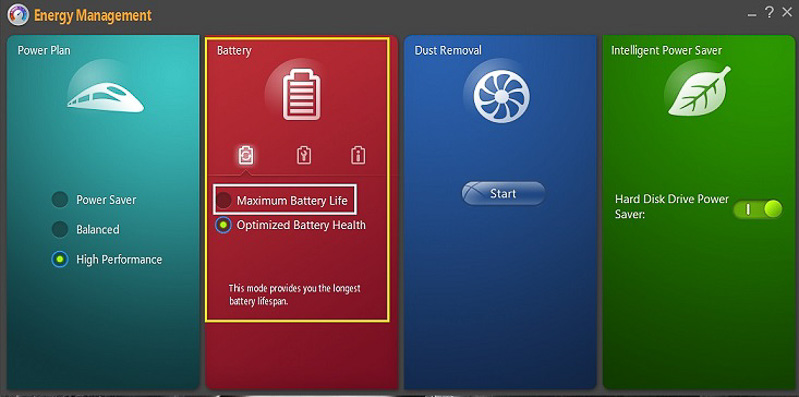 It takes around a week of use to determine where your device’s battery is at in terms of real world capacity. Determining this means charging and fully depleting the battery through your regular use.
It takes around a week of use to determine where your device’s battery is at in terms of real world capacity. Determining this means charging and fully depleting the battery through your regular use.
Once you know how far you can really go, then you’re in a better position to work within your limitations.
Some people do this with new cars. They fill them up with gas and drive them until they’re almost completely dry, they want to have a better ‘real world’ idea of their vehicle’s range and they generally don’t trust the accuracy of their gauges.
With devices running out of battery. you won’t be left stranded, but you’ll understand what makes your battery tick and how it behaves.
Extending your battery life
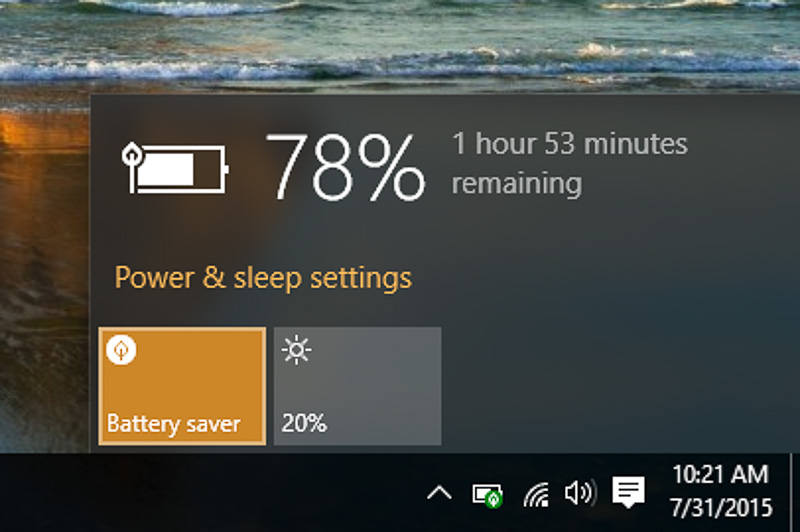 Wi-Fi, Bluetooth and NFC are some of the features users love most about their tablets and laptops.
Wi-Fi, Bluetooth and NFC are some of the features users love most about their tablets and laptops.
After all, these are the features that keep our devices connected, smart and up to date.
These are also features that draw the most battery power from the battery and, together with the brightness of the display, are the biggest culprits for eating up battery life.
Thankfully, these are all easy to turn off and can quickly squeeze out hours of extra battery when monitored. If you’re simply writing a report, then, you don’t need Bluetooth, NFC and have the display turned down to the barest minimum will enable longer use. Many devices also come with some Battery Saver or Energy Saver modes that manage to step down processor performance and even shut-off some processes to add an hour or two of battery.
As someone who travels with technology, I’ve been faced with limited battery and no place to plug in for hours on a plane, but getting into Airplane mode and dialing down the brightness does get me an extra one to two hours of use on my laptop.
This strategy has also worked when visiting areas where there was no electricity readily available and should work when dealing with blackouts or when out camping.
UPS and Battery Packs
Of course, there are times when even micromanaging our devices’s power draw isn’t enough (i.e. emergency situations, long trips,serious blackouts, at the cottage). There’s are various UPS (Uninterruptible Power Supply) and Power Banks and chargers that can keep your laptops and tablets juiced up hours after their internal batteries have bit the dust.
These are just some useful strategies in ensuring the maximum battery life from your laptop and tablet.
Take a look at more from our series on how to prepare for the great Canadian winter:
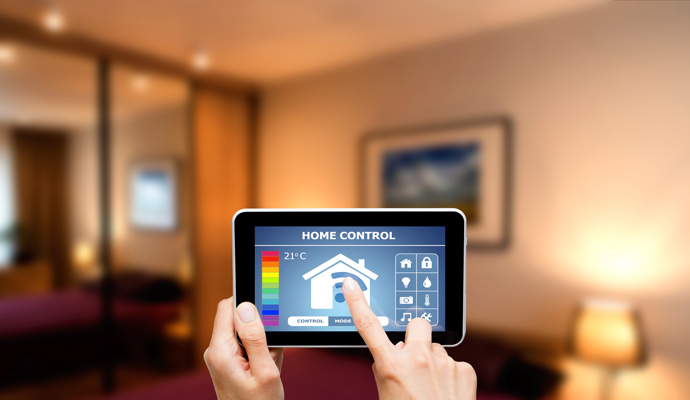 Winterproof your home |
 Stay safe while driving in the winter |
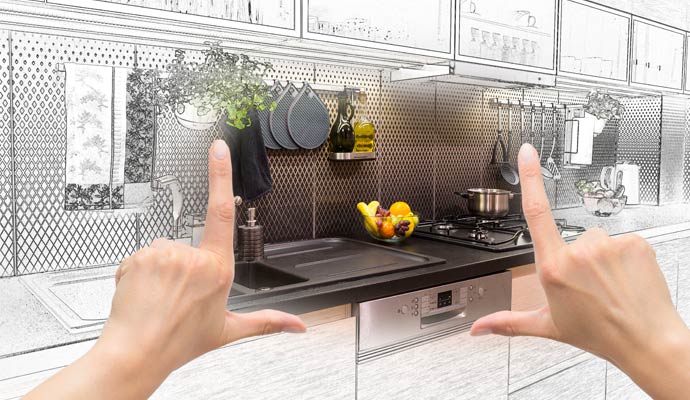 Winterize your kitchen |




One way I found to ruin the battery is to never use it. If the laptop is plugged in 24×7 and never be allowed to be drained…. when you want that multi-hour battery… it won’t be there.
To maximize the battery lifespan… I have an electric timer…. it turns off the power to the laptop when I’m using it for a few hours each day. The timer then turns the power back on to charge the laptop back up.
Comments are closed.